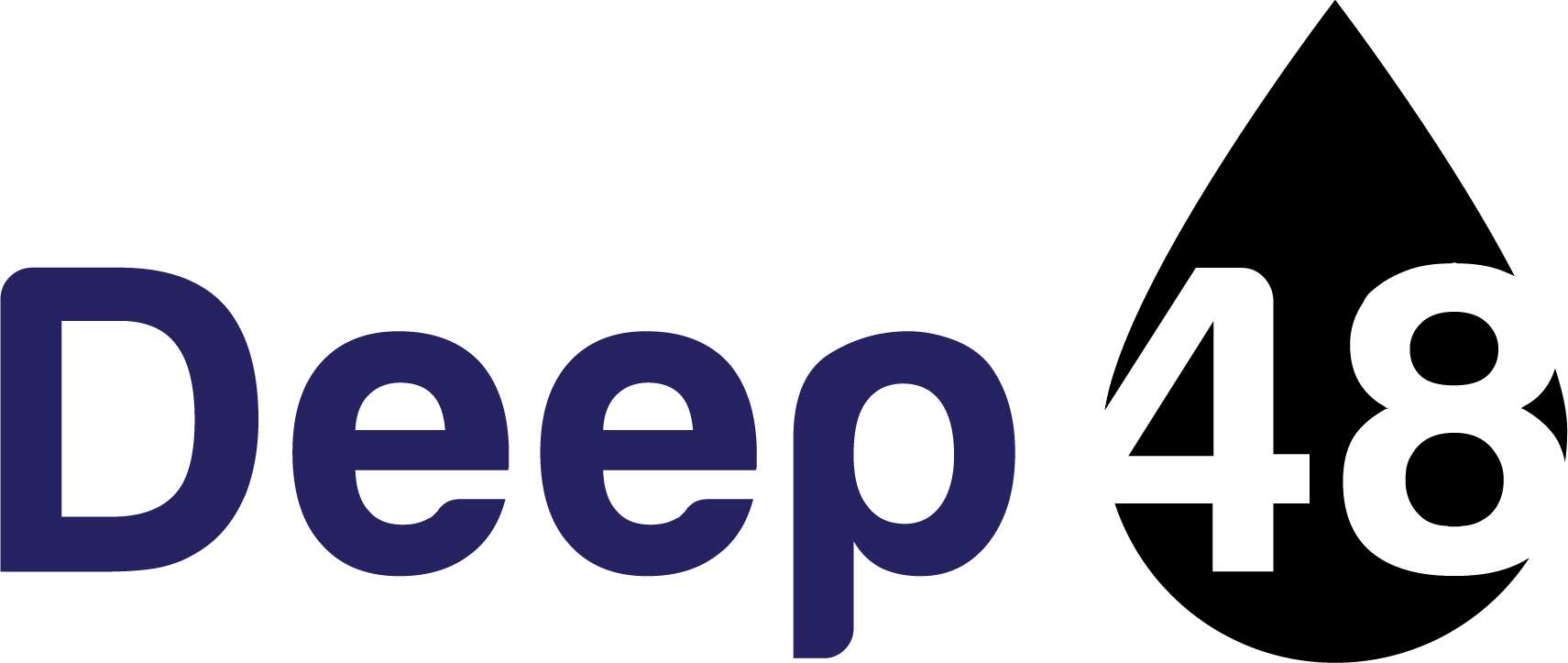Whether it is the Great Reshuffling, Great Resignation or the greatest time to be an employee, pundits across the job-o-sphere are clamoring to describe what is happening with the U.S. employment community.
I’ve been in the staffing and recruitment industry since 2004 and have hired through the post Dot Com era, Great Recession, several Oil & Gas downturns and now during and post pandemic.
The consistencies across all of those eras was that millions of people lost their jobs and employers across the board figured out how to continue providing products and services despite massive employee turnover.
On the employment front, many figured out how to pivot to different industries by leveraging parallel skills or learning new skills altogether. Others doubled down, weathered the storm and reentered the workforce within their industries when the economic outlook improved.
Today we are in the midst an unprecedented employment recovery in the sense that the U.S. government doled out billions in payments to American’s coupled with extended and meatier unemployment benefits that have given many workers the opportunity to objectively consider their next move without the pressure of hurrying up and return to work.
Consequently, employees aren’t jumping right back into the workforce and those who took bridge work are now making more permanent career moves under the guise of improved economics.
Its a guise because in about 5 – 10 years we will be faced with the next big thing that obliterates the economy and no job is permanent, but that is an article for a different day.
Today, the job economy is improving and with a parallel robust gig economy, employees have more options than ever to hack together a flexible work arrangement that doesn’t have to include a typical full time job. And if having full time work is part of the equation, flexibility in working arrangements is in high demand.
This is driven be the ‘proof in the pudding’ so to speak with the amount of remote work that was done during the mandatory quarantine during the early stages of the 2020 Covid pandemic.
Employers can no longer look workers in the eye with a straight face and tell them that the only way to run a successful business is by having 100% of the workforce onsite for a minimum of 8 hours a day.
The 8 hour day is a legacy of the Industrial Age when manufacturing was done during the daylight hours and people needed to put in a full day of work in order to make enough widgets for people to buy.
With most manufacturing being done by machines, workers are more and more relied upon for their administrative work and ‘thinking’ work.
Both of those types of jobs can be pretty much done from anywhere and as many office workers know, you don’t need a full 8 hours to do that job. Unless you consider water cooler talk, celebrating birthdays, smoke breaks and the thousand other distractions that an office based work environment offers to be actual work.
There is a strong argument against working from home around collaboration and that productive energy only face to face interactions can create. But do all jobs need this level of collaboration? Many jobs are heads down, fingers to the keyboard slogs that don’t require much if any face to face interaction on a day to day basis.
In the staffing world this is what is called an employees market. This is when the highest salaries are doled out, sign on bonuses are a plenty and employers are forced to hire people who are not as ideal in what would be called an employers market.
During employers markets, as the ones that exist on the front end of an economic meltdown, there are less jobs than workers. In this environment, employers hold all the cards and usually hire only qualified or overqualified workers.
But now is not that time. This is the era of employees who are able to demand what they feel is the best for themselves. The beauty of today’s employee market is that social media has aligned employee expectations by unifying a voice for greater work flexibility.
Consider this a sort of collective bargaining agreement in the most unofficial but official way. Employees are united in their demands that their life outside of work is just as important as their life at work. And if both can be lived with a sense of healthy balance then why not?


